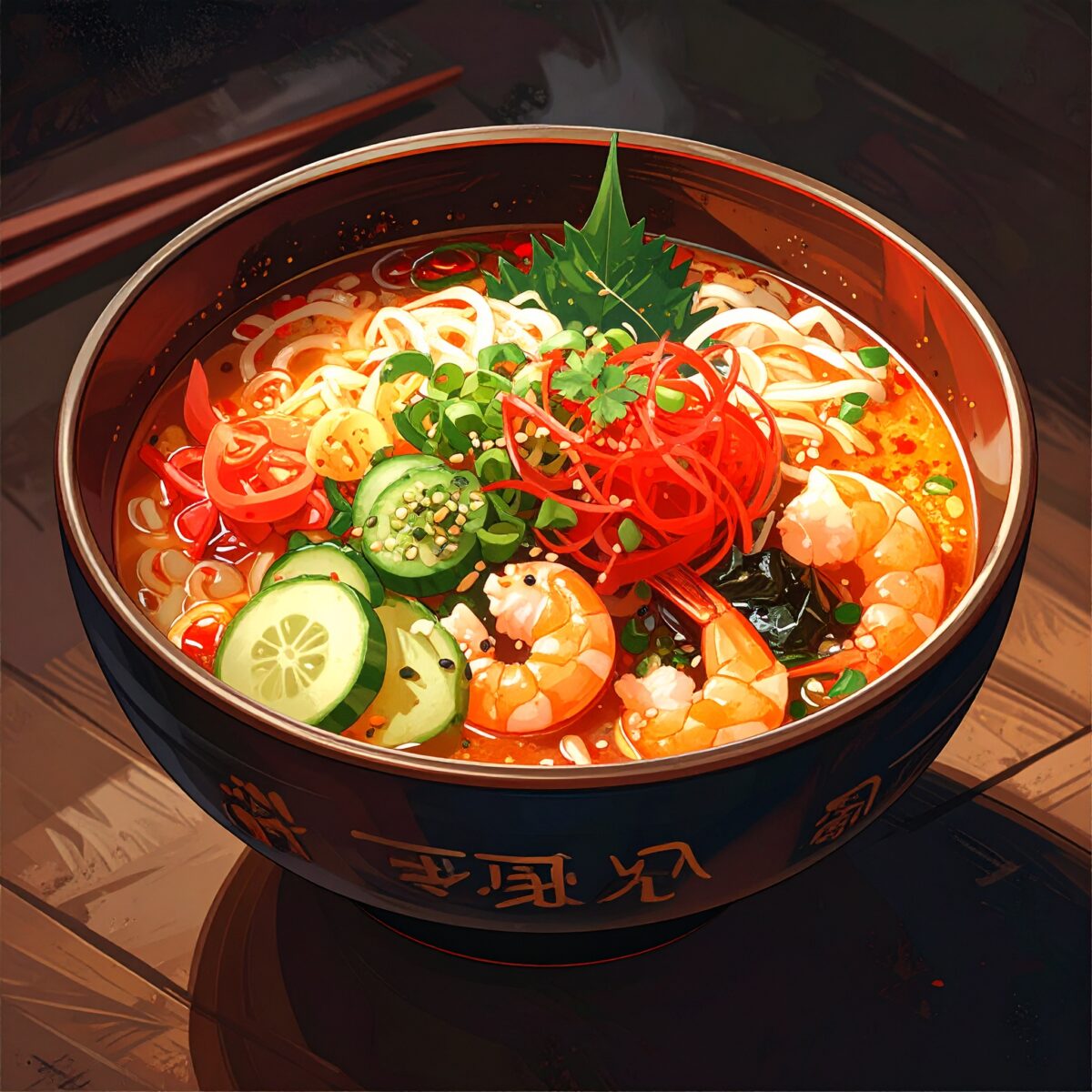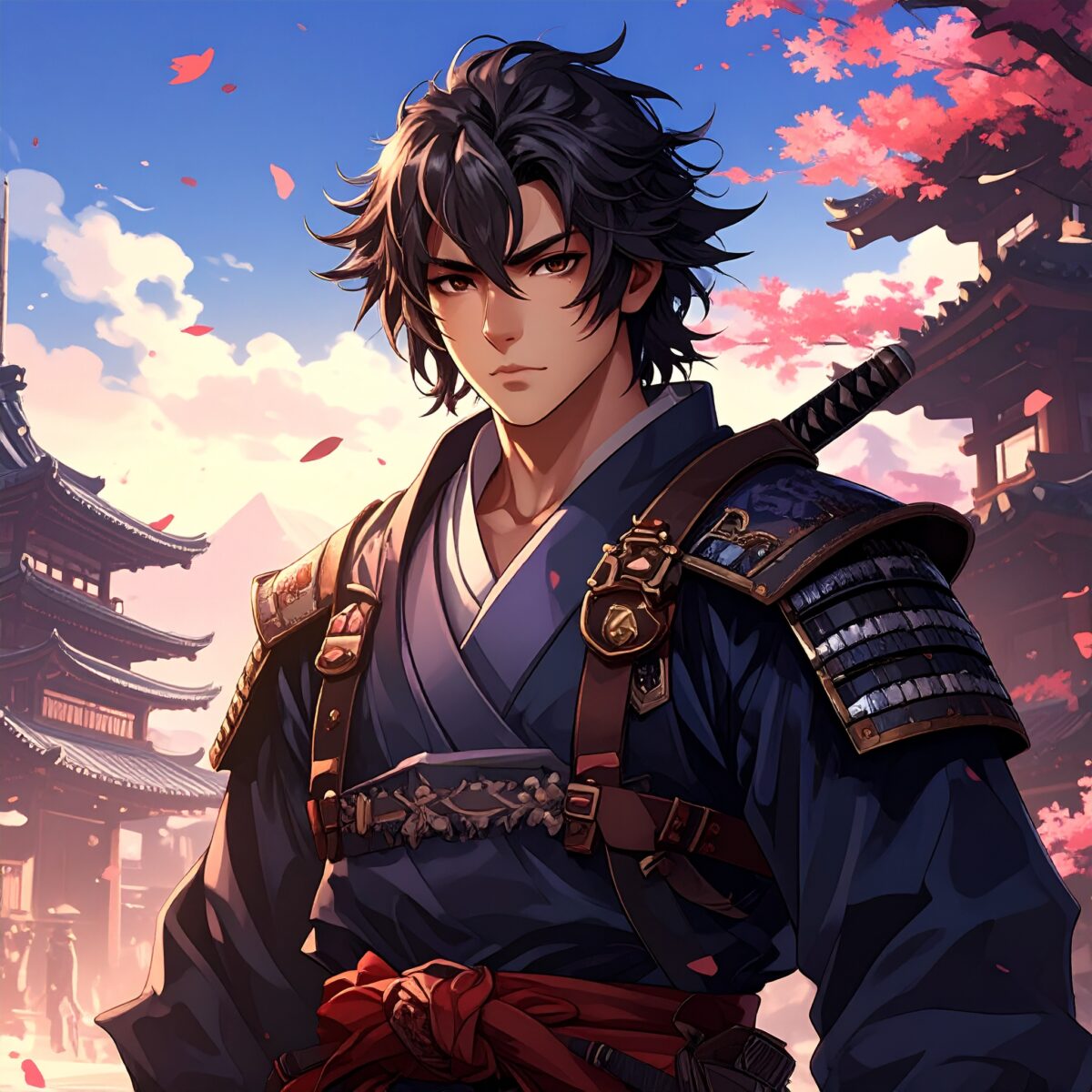Edo-Era Cuisine as Sustainable Wisdom: Why International Chefs Are Embracing the Japanese Kitchen
In the Edo period, Japanese people lived without refrigerators or convenience stores. Yet they prepared meals with remarkable care—cooking with seasonal ingredients, wasting nothing, and creating nourishment from simplicity. Today, this humble and inventive Edo gohan...
More Than Just Samurai: Why Edo-Era Everyday Wisdom Is Being Studied Abroad
Mention the Edo period, and many imagine sword-wielding samurai or grand castle towns ruled by shoguns. Yet today, it’s not the stories of warriors that are quietly gaining attention abroad—it’s the everyday wisdom of the people who lived simple, thoughtful lives....
From Bathhouse to Bonding: Edo’s Public Culture Finds New Life on the Streets of Paris
With a towel in hand, strangers step into the same warm bath. Words aren’t necessary—steam and stillness naturally ease the heart. This is the quiet magic of Japan’s sento culture, now unexpectedly gaining traction in parts of Paris. Beyond its practical purpose of...
Simple Yet Enriching: Japan’s “Nagaya Style” Redefined in Global Lifestyle Media
Just one wall separating neighbors, low ceilings, shared wells and toilets—Japan’s traditional nagaya (row houses) might seem the opposite of modern comfort. Yet today, this “nagaya style” is quietly being re-evaluated by lifestyle magazines across Europe. Seen as an...
Sensing Edo with All Five Senses: Japan’s Minimalist Lifestyle Draws Global Attention
In a time without electricity or modern climate control, people in Japan’s Edo period lived with a deep awareness of the seasons, in quiet harmony with nature. Their way of life—rooted in mindfulness and simplicity—is now drawing growing interest from people in...
A New Appreciation for the Old: How Traditional Japanese Toys Are Inspiring Creative Minds in Hong Kong
A worn wooden kendama, vibrant glass ohajiki, a softly floating paper balloon—these may seem outdated at first glance. Yet today, these “old-fashioned” Japanese toys are quietly gaining renewed appreciation among children and parents in Hong Kong. In a world flooded...
Kendama Connects Japan and Hong Kong: The Rhythmic Echo of Wood at an International Cultural Stage
A satisfying “ka-kon”—the distinct wooden click of a kendama—echoes through a school gymnasium. Cheers and applause follow as a young boy lands a difficult trick. The setting is an auditorium in a Kowloon secondary school in Hong Kong, host to the Kendama...
Simple Play, Timeless Beauty: Why Japanese Traditional Toys Captivate Parents in Hong Kong
Games that only require tapping a screen quickly lose their charm. Electronic toys that flash and beep at the push of a button often fail to inspire lasting wonder or excitement. This is why some parents in Hong Kong are now turning their attention to traditional...
Bringing the Spirit of Japanese Festivals to Hong Kong — Handmade Traditional Toy Workshop Delights Locals
When people think of a traditional Japanese ennichi—a festive street fair—they recall vivid memories of goldfish scooping, target shooting, and yo-yo fishing. Now, a growing number of Hong Kong residents are discovering the charm of these nostalgic events through a...
Simple Yet Captivating: The Spinning Top Becomes a Top Pick Among Children
At first glance, it's an unassuming toy—plain in appearance and simple in design. Just pull the string and release it from your palm. Yet in Hong Kong today, children are utterly captivated by the humble koma, the traditional Japanese spinning top. Classrooms and...
Five Minutes Without a Smartphone—Reviving Traditional Toy Time in Hong Kong Classrooms
When the chime rings, students eagerly reach into their bags and pull out kendama, ohajiki, paper balloons, and bamboo-copters. At one elementary school in Hong Kong, a daily five-minute “Traditional Toy Time” has been introduced between classes—a short but meaningful...
The Joy Beyond Plastic—How the Bamboo-Copter Inspires Imagination
In some homes and classrooms across Hong Kong, a quiet fascination is growing around this traditional Japanese “analog toy.” Surrounded by plastic and electronic gadgets in daily life, children are now rediscovering the bamboo-copter—a simple toy that sparks...
Playing “Ohajiki” Across Generations—A Beloved Showa-Era Game Finds New Life in Hong Kong Homes
The glittering glass pieces bounce with a soft chirin sound—followed by shared laughter between children and their grandparents. These tiny jewels that fit in the palm of your hand are called ohajiki, a traditional game that once captivated children across Japan...
Kendama Craze Lands in Hong Kong – When Retro Becomes the New Way to Play
At first glance, the kendama—a wooden toy seemingly straight out of Japan’s Showa era—may appear purely nostalgic. Yet today, this traditional Japanese pastime is making an unexpected comeback among youth and families in Hong Kong, now embraced as a fresh and exciting...
Riding on a Paper Balloon: Why Traditional Japanese Toys Feel Fresh to Hong Kong Kids
Colorful, round balloons float gently through the air, drawing the delighted eyes and cheers of children. But these are not rubber balloons or high-tech toys—they are made simply of paper. These charming creations are traditional Japanese paper balloons (kamifusen),...



















